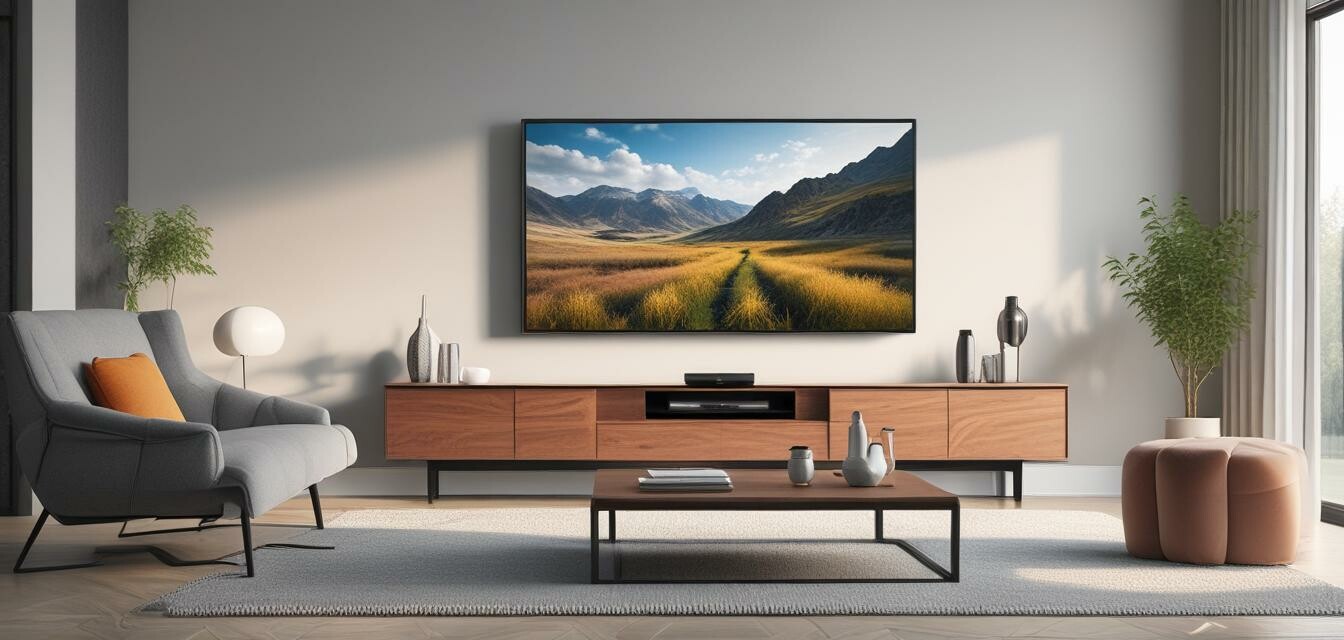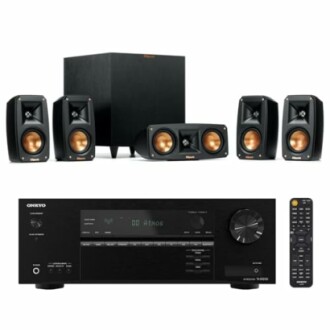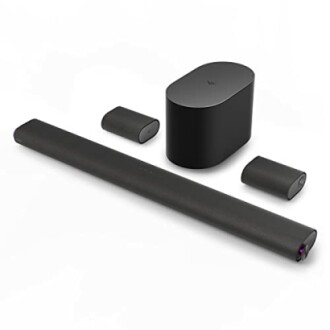
How to Choose the Right Soundbar for Your TV
- Consider your TV size and room acoustics for optimal sound performance.
- Evaluate connectivity options and compatibility with your devices.
- Decide on the features that matter most, such as voice control and wireless capabilities.
- Budget wisely while ensuring quality sound and design.
Choosing the right soundbar can significantly enhance your TV viewing experience. Whether you're a movie buff, a gamer, or simply enjoy watching your favorite shows, sound quality is paramount. In this guide, we’ll explore the key factors that influence your choice of soundbar based on your TV size, room acoustics, and personal audio preferences.
Understanding Soundbar Basics
Before diving into the selection process, it’s essential to understand what a soundbar is and how it works. A soundbar is a long, slim speaker system designed to provide excellent audio performance without the need for multiple speakers. They often come with a built-in subwoofer or an accompanying external subwoofer, enhancing bass sounds.
Key Components of Soundbars
- Drivers: The speakers located inside the soundbar responsible for reproducing sound.
- Subwoofer: A component that focuses on low-frequency sounds, providing depth to music and movie audio.
- Audio Processing Technology: Features like Dolby Atmos or DTS:X improve sound spatialization.
Factors to Consider When Choosing a Soundbar
1. TV Size
Consider your TV's size when selecting a soundbar. A soundbar should ideally be the same width as your TV or slightly smaller. Here’s a quick guide:
| TV Size | Recommended Soundbar Length |
|---|---|
| 32-39 inches | 24-30 inches |
| 40-49 inches | 30-40 inches |
| 50-60 inches | 40-50 inches |
| Above 60 inches | 50-60 inches |
2. Room Acoustics
The acoustics of your room can significantly impact sound quality. Here are some considerations:
- Room Size: Larger rooms may require more powerful soundbars or an additional subwoofer.
- Furniture Placement: Soft furnishings absorb sound; be mindful of how your furniture placement might affect sound distribution.
- Wall Reflections: Bare walls can create echo; hanging soft materials reduces this issue.
3. Connectivity Options
Evaluate the connectivity options your soundbar offers to ensure seamless integration with your devices:
Pros
- Multiple HDMI inputs for various devices.
- Bluetooth connectivity for wireless streaming.
- Easy setup with optical audio input.
Cons
- Older models may lack modern connectivity options.
- Some soundbars may require additional adapters.
4. Additional Features
When selecting a soundbar, consider features that enhance user experience:
- Voice Control: Built-in assistants such as Alexa or Google Assistant are convenient.
- Remote Control: A simple remote will enhance usability.
- Wireless Subwoofer: For those who prefer a cleaner look without wires.
Product Recommendations
To help you with your selection, here are a couple of soundbars that have garnered positive reviews:
Klipsch Reference Theater Pack 5.1-Channel Speaker System
This immersive home audio system delivers cinematic sound and includes satellite speakers, a center channel, and a wireless subwoofer for an outstanding experience.
Explore NowVIZIO 5.1.2 Elevate Sound Bar with Dolby Atmos
With 13 speakers and an immersive sound experience, this soundbar enhances audio with its innovative design and technology, making it perfect for entertainment.
More DetailsConclusion
Choosing the right soundbar involves careful consideration of your TV size, room acoustics, connectivity options, and desired features. By keeping these factors in mind, you can ensure that your purchase leads to an enhanced audio experience that complements your TV and fits seamlessly into your home. Start your journey to better sound today!
Explore More Resources
For further reading and more great audio solutions, check out our related articles:

